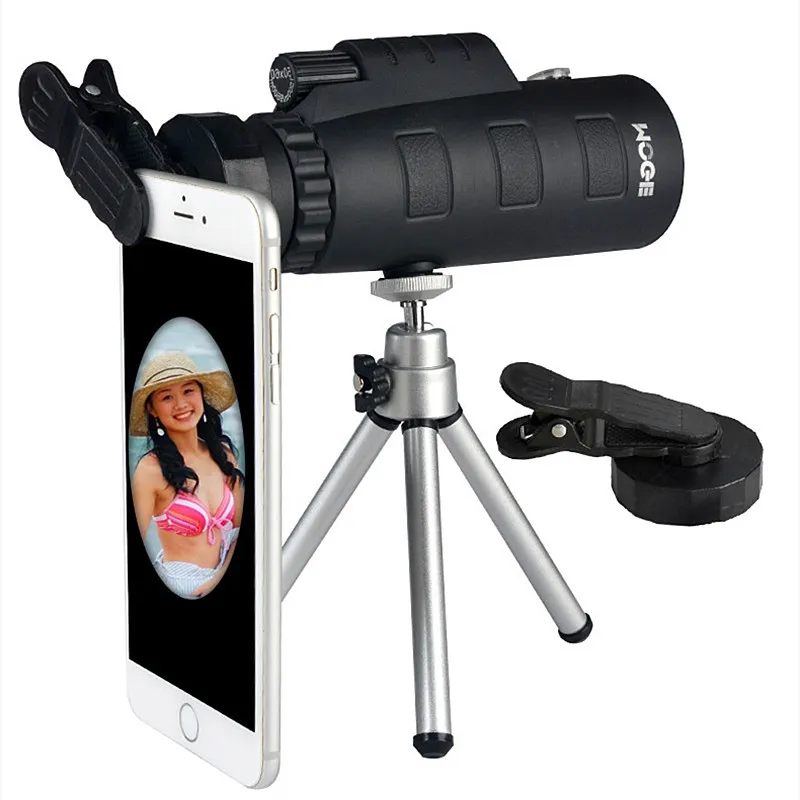

Sure, iPhone and smartphones boast impressive zoom capabilities cameras, but to use it clearly you may still need to be close enough to disturb the animals you are viewing.Ī high-quality camera will do the trick, but those are very expensive and often more difficult to use than they appear. How can we possibly clearly view the wild birds and natural ecosystems that we love without being right next to them? Nature is best enjoyed when it is undisturbed, but this presents a dilemma. It is important that there is as little movement as possible there are various gadgets available to hold cameras securely in place, or some digiscopers create their own.We may receive a commission, at zero cost to you, for links to products we carefully review Make sure you use a good tripod, as any movement will cause camera shake and blurred pictures. A low magnification eyepiece is best, as they offer a brighter image.

Larger objective telescopes work best, as more light gets into the camera, bringing a faster shutter speed. Cameras with zoom mechanisms that are internal, not external, work much better. The results depend on how well the camera and telescope work together. The advent of affordable digital cameras has meant that birdwatchers have developed a technique called 'digiscoping' when a digital camera is placed onto the eyepiece of a telescope, effectively using the camera as a long lens. In most cases, yes, but it is worth remembering that a telescope is designed to look through, not for taking pictures, and the results will not be as good as with a true camera lens. Because of the increased light transmission, zoom eyepieces are better suited to this type of telescope. These perform better in low light, but the large lens adds to the size and weight of the instrument. Some manufacturers offer telescopes with larger objective lenses, between 75 mm and 80 mm. A 20x or 22x wide-angle eyepiece will maximise the light reaching the eye. The smaller telescopes have 60 mm objective lenses and, because this makes them compact, they are ideal for general work. But remember, on the higher power, the amount of light passing through to the eye will be reduced. The range covered can be 15x to 40x, or 20x to 60x. Zoom eyepieces work well with some telescopes, usually the ones with a larger objective lens. In practice, this means that the higher power eyepieces are best used in bright conditions for stationary birds. The shimmer in the air can also be a problem, and any shake from the support becomes more evident. When using higher magnification, the image brightness and field of view decrease dramatically.

Wide-angle eyepieces of 20x to 30x are good for general use a 40x might be useful for longer distance work. Most telescopes on the market have a range of interchangeable eyepieces available, so you can choose more than one.

If the telescope has a fixed eyepiece, 20x or 30x is normal. Some specialist instruments offer even higher power. Telescope magnifications generally range from 15x to 60x.


 0 kommentar(er)
0 kommentar(er)
